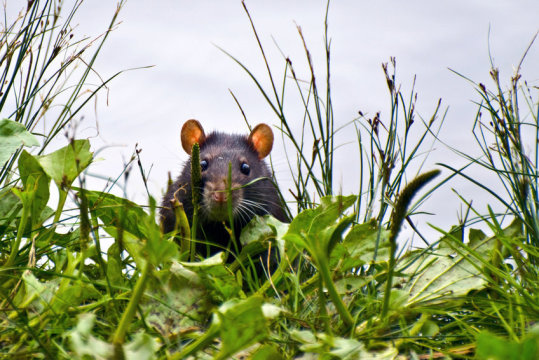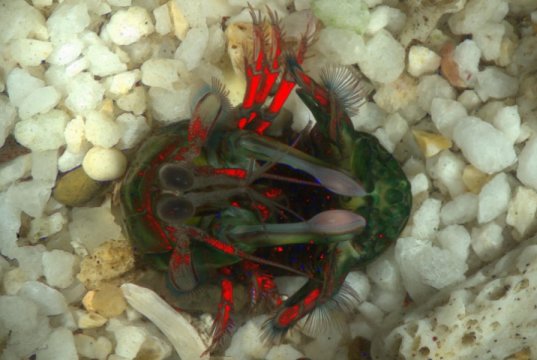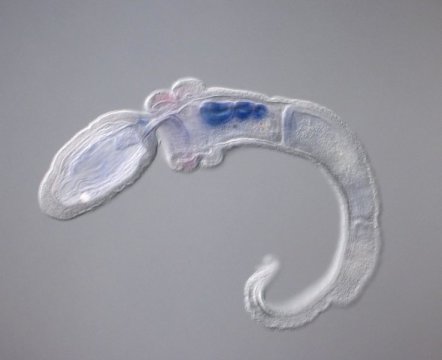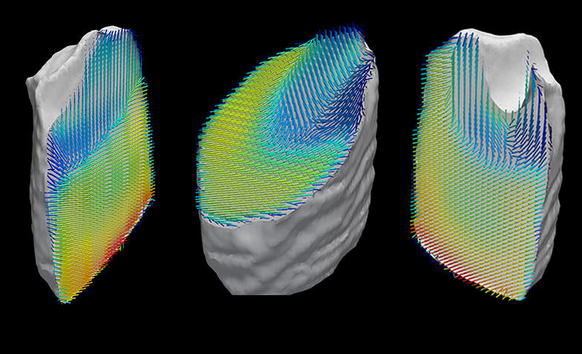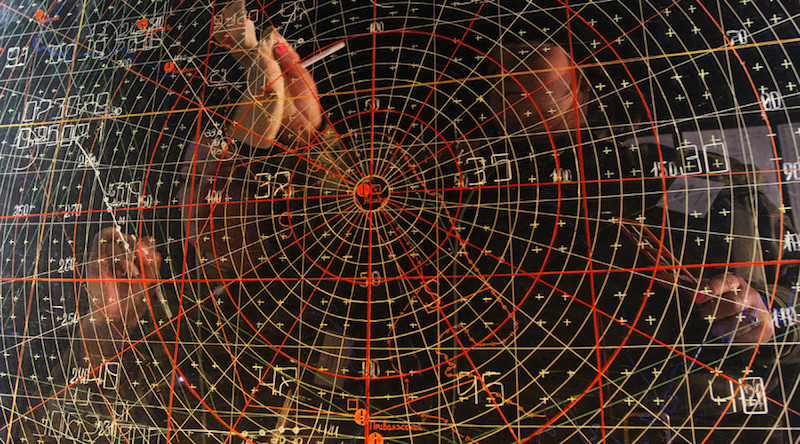
© © Mikhail Fomichev / RIA NovostiRadio-photonic technology to be applied in radio astronomy, radio detection and ranging, optical fiber and mobile communications
It is expected to open a new era of light and precise radar electronics for systems where weight is critical, such as
drones and satellites.
The radio-photonic radar system of the future will be
based on active radio-optical phased array (Russian abbreviation: ROFAR) technology being developed now by
Radio-Electronic Technologies Concern (KRET), an integral part of the Rostech state corporation.
"The KRET has launched radio-photonic laboratory research to create ROFAR to be
integrated on next generation radar systems, which is expected to deliver breakthrough performance characteristics to radiolocation stations," Igor Nasenkov, deputy general director of KRET, told RIA Novosti during the Dubai Airshow 2015.
Work on ROFAR involves the creation of a specific laboratory complex within KRET. It will develop a
universal technology to be later integrated into various next generation electronic systems. Nasenkov specified that the 4.5-year ROFAR program will be fulfilled on time, adding a full-scale specimen is expected to be test-launched "by 2018."
